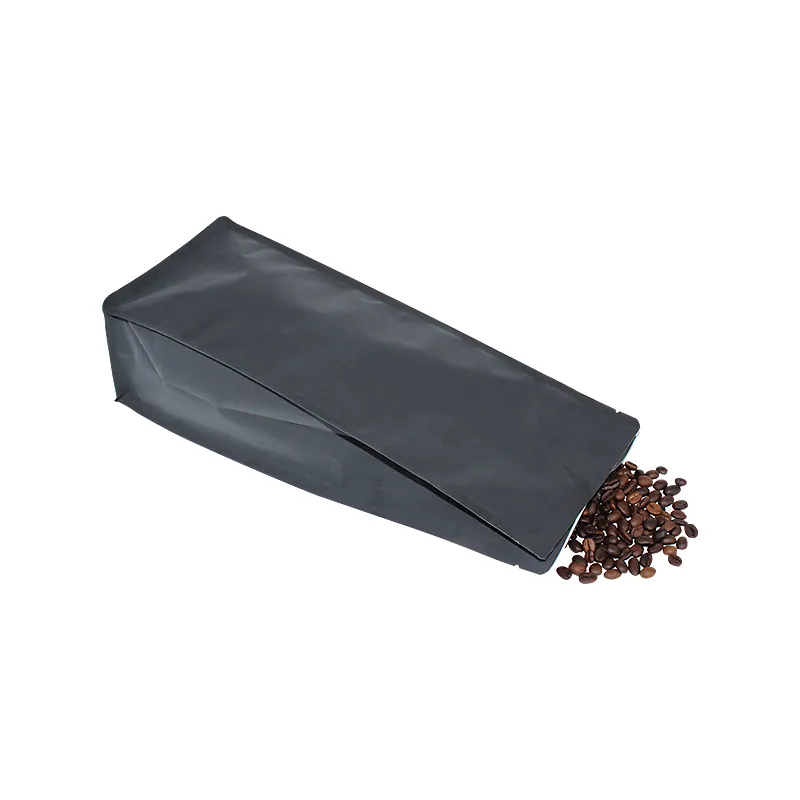- Afrikaans
- Albanian
- Amharic
- Arabic
- Armenian
- Azerbaijani
- Basque
- Belarusian
- Bengali
- Bosnian
- Bulgarian
- Catalan
- Cebuano
- chinese_simplified
- chinese_traditional
- Corsican
- Croatian
- Czech
- Danish
- Dutch
- English
- Esperanto
- Estonian
- Finnish
- French
- Frisian
- Galician
- Georgian
- German
- Greek
- Gujarati
- haitian_creole
- hausa
- hawaiian
- Hebrew
- Hindi
- Miao
- Hungarian
- Icelandic
- igbo
- Indonesian
- irish
- Italian
- Japanese
- Javanese
- Kannada
- kazakh
- Khmer
- Rwandese
- Korean
- Kurdish
- Kyrgyz
- Lao
- Latin
- Latvian
- Lithuanian
- Luxembourgish
- Macedonian
- Malgashi
- Malay
- Malayalam
- Maltese
- Maori
- Marathi
- Mongolian
- Myanmar
- Nepali
- Norwegian
- Norwegian
- Occitan
- Pashto
- Persian
- Polish
- Portuguese
- Punjabi
- Romanian
- Russian
- Samoan
- scottish-gaelic
- Serbian
- Sesotho
- Shona
- Sindhi
- Sinhala
- Slovak
- Slovenian
- Somali
- Spanish
- Sundanese
- Swahili
- Swedish
- Tagalog
- Tajik
- Tamil
- Tatar
- Telugu
- Thai
- Turkish
- Turkmen
- Ukrainian
- Urdu
- Uighur
- Uzbek
- Vietnamese
- Welsh
- Bantu
- Yiddish
- Yoruba
- Zulu
Unlocking the Secrets of the Treasure Chest Mechanism for Hidden Riches and Adventure
The Mystery of the Treasure Chest Lock
For centuries, treasure chests have captured the imagination of adventurers, historians, and storytellers alike. They evoke images of pirates sailing the high seas, buried riches waiting to be uncovered, and the tantalizing thrill of the hunt. Central to this allure is the treasure chest lock—a seemingly simple yet profoundly significant piece of hardware that guards the secrets within.
The treasure chest lock is more than just a mechanism; it is a symbol of protection and mystery. Historically, treasure chests served as the repositories of wealth, valuable artifacts, and personal mementos. They were constructed from the finest wood, reinforced with iron, and adorned with intricate carvings. However, it was the lock that often added an additional layer of intrigue. Without a key, the treasures hidden within were impenetrable. What tales did each chest hold? What fortunes lay behind the warded lock, waiting for the right person to unlock their secrets?
The design of treasure chest locks has evolved over time. Early locks were simple mechanisms, often made of wood and leather, and relied on basic principles of mechanics. The advent of metalworking in the Middle Ages introduced more sophisticated designs, featuring complex mechanisms like tumblers and pins. These locks were often embellished with elaborate designs, turning a practical object into a work of art. Each lock held its own story, reflecting the craftsmanship and ingenuity of its maker.
In modern times, treasure chest locks symbolize not just the protection of material wealth, but also the safeguarding of personal history and family legacies. Many families pass down chests filled with heirlooms, letters, and photographs, all sealed behind sturdy locks. These chests serve as time capsules, connecting generations through shared memories and histories. The lock becomes a reminder of the values of trust and secrecy, emphasizing the importance of respecting both inherited wealth and the stories it conveys.
The treasure chest lock also has metaphorical implications in our lives. It represents the barriers we create to protect our inner selves—our thoughts, fears, and dreams. Just like a physical lock protects material possessions, an emotional lock can guard our vulnerabilities. Unlocking oneself can often be a daunting task; it requires courage and a willingness to confront the contents of our own metaphorical treasure chests.
treasure chest lock

In literature and film, treasure chests and their locks are often pivotal plot devices. Characters embark on epic adventures to find lost treasures, decoding maps and battling foes, all in pursuit of the chest. These stories play on the universal themes of aspiration and discovery, reinforcing the idea that unlocking a treasure chest—whether literal or metaphorical—can lead to personal growth and enlightenment.
The allure of treasure chests and their locks continues to inspire treasure hunters and enthusiasts. Some scholars have devoted their lives to studying ancient locks and the historical significance of treasure chests. The academic pursuit unveils layers of human history, spanning decades or even centuries, tethered by a simple, ingenious mechanism. Collections of antique locks and chests can be found in museums, showcasing the artistry and craftsmanship of previous eras.
In contemporary society, treasure chests still hold a significant place, albeit in a more metaphorical sense. The treasures we seek often revolve around knowledge, relationships, and experiences rather than material wealth. The locks that keep these treasures secure might manifest as societal expectations, fears of failure, or personal insecurities. The quest to unlock one’s potential and embrace life’s possibilities mirrors the age-old search for physical treasures.
As we navigate our own journeys, it is essential to remember the treasure chest lock—both its historical significance and its personal applicability. Whether in pursuit of material wealth or the riches of personal fulfillment, we must confront our own locks, seek the keys within ourselves, and unlock the treasures waiting to be discovered.
In conclusion, the treasure chest lock carries a profound legacy that transcends its physical form. It serves as a bridge between past and present, material and emotional, unlocking not just chests, but also the very essence of who we are and what we hold dear. The mysteries it guards are not simply about riches; they are about the connections we forge, the stories we tell, and the treasures we uncover within ourselves.













